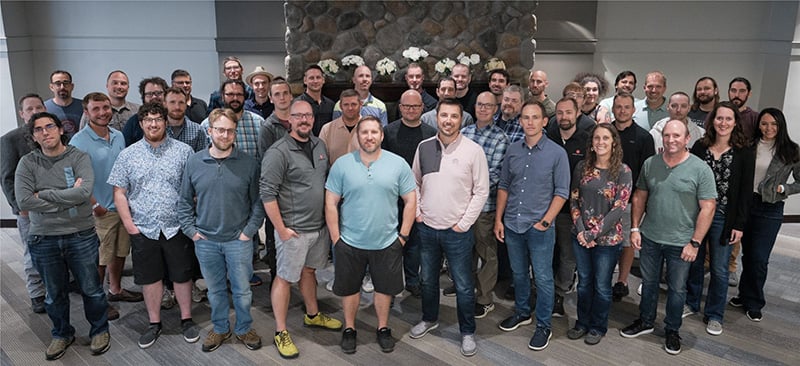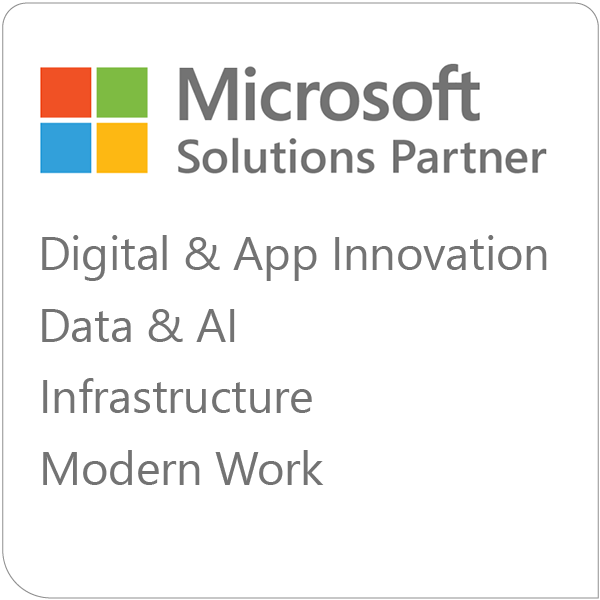In This Blog
- What is SIEM and Why It Matters
- Why Choose Microsoft Sentinel?
- How Sentinel Compares to Other SIEM Solutions
- When to Bring in a Third-Party Monitoring Partner Like Critical Start
- Final Thoughts
- Frequently Asked Questions
In cybersecurity, risk is an ongoing concern. While it is impossible to eliminate every threat, organizations can take strategic steps to strengthen their defenses and reduce potential vulnerabilities. One of those steps is implementing a Security Information and Event Management (SIEM) solution such as Microsoft Sentinel.
In this post, we’ll explore what SIEM is, how Microsoft Sentinel fits into the security landscape, how it compares to other SIEM tools, and when partnering with a third-party monitoring provider like Critical Start makes sense.
What is SIEM and Why It Matters
SIEM solutions help organizations detect, analyze, and respond to security threats by collecting and analyzing data from across the environment. This includes data from servers, cloud workloads, applications, user activity, and more. By consolidating this information, SIEMs provide a centralized view of potential risks and incidents.
Microsoft Sentinel is a cloud-native SIEM solution built within the Azure platform. It extends traditional SIEM capabilities by incorporating Security Orchestration, Automation, and Response (SOAR), along with AI-driven threat detection. These features help organizations identify and address security concerns more efficiently.
Why Choose Microsoft Sentinel?
There are three main reasons why Microsoft Sentinel is a strong option for many organizations:
-
Seamless Azure Integration
Sentinel is built for Azure, which makes it an ideal choice for organizations running workloads in the Microsoft cloud. It integrates easily with tools such as Microsoft Defender for Cloud, Office 365, and Azure Policy. Sentinel also supports compliance with frameworks like PCI, HIPAA, and the Microsoft Cloud Security Benchmark, providing robust support for security best practices, policy enforcement, and threat detection. -
AI-Powered Threat Analysis
Microsoft has invested significantly in AI across its security offerings, including Sentinel. AI capabilities allow for advanced analytics on large datasets, enabling faster detection of potential threats compared to manual analysis. This technology helps organizations respond to incidents more quickly and with greater accuracy. -
Cost-Effectiveness
Sentinel offers competitive pricing, particularly for organizations already using Azure. Costs can vary depending on factors such as reserved capacity versus pay-as-you-go and the volume of data ingested. Generally, Sentinel provides better value compared to alternatives like Splunk, although specific pricing will depend on your environment. Microsoft provides a transparent pricing guide for Sentinel, available here: Microsoft Sentinel Pricing.

How Sentinel Compares to Other SIEM Solutions
Although Sentinel is a strong choice, it is not the only SIEM available. Other prominent solutions include:
-
IBM QRadar: Known for analyzing logs from a variety of environments, including servers, workstations, and firewalls.
-
Splunk: A popular choice for organizations dealing with big data, though it can be costly.
-
LogRhythm: Provides standard SIEM features.
-
Exabeam: A cloud-focused SIEM with strong behavioral analytics.
-
CrowdStrike Falcon: An AI-first SIEM solution.
Sentinel is particularly effective in Microsoft-centric environments but is also compatible with hybrid and multi-cloud setups. For instance, it is possible to use Sentinel with AWS by leveraging the AWS S3 connector to ingest logs from S3 buckets.
When to Bring in a Third-Party Monitoring Partner Like Critical Start
Deploying a SIEM tool like Sentinel is only part of a comprehensive security strategy. Many organizations lack the in-house expertise or resources to monitor, analyze, and respond to the volume of data these systems generate.
A Managed Detection and Response (MDR) provider like Critical Start can fill this gap. MDR services provide dedicated security analysts who offer real-time monitoring, help prioritize alerts, and deliver rapid incident response. This helps reduce alert fatigue and ensures that genuine threats are addressed promptly.
In addition to MDR, organizations might also explore:
-
Cloud Detection and Response (CDR): Focuses on monitoring cloud workloads.
-
Network Detection and Response (NDR): Concentrates on network-level threat detection.
These services complement SIEM deployments by adding specialized expertise and continuous monitoring. This is especially valuable considering that many organizations have far fewer security engineers than developers, making it difficult to manage security internally without additional support.

Final Thoughts
At the end of the day, security is about risk mitigation. Whether your environment includes cloud workloads, on-premises infrastructure, applications, or networks, having the right tools and strategies in place is essential.
Microsoft Sentinel provides a solid foundation for SIEM capabilities, particularly for organizations invested in the Microsoft ecosystem. Microsoft also offers a 30-day trial, giving teams an opportunity to evaluate the solution in their environment.
If you are considering Sentinel, need help with SIEM integration, or want to explore MDR options, the Emergent Software team is here to help. Contact us for a consultation or to request a demo.





